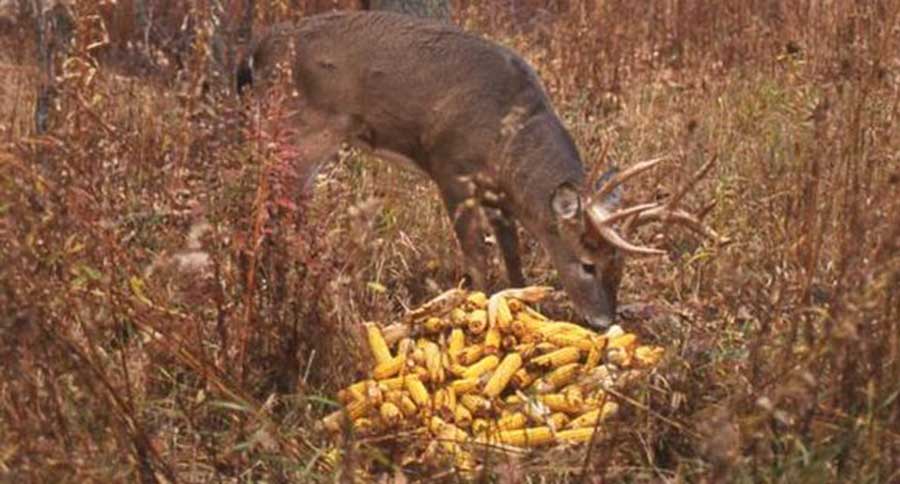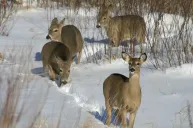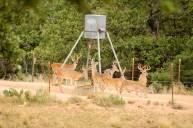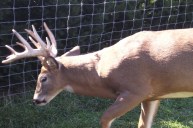New legislation was introduced in February that would limit the current feeding bans in 43 of the state's 72 counties. State Representative Adam Jarchow, R-Balsam Lake, proposes the indefinite bans be reduced to two and three years.
Chronic Wasting Disease (CWD) is a highly contagious, fatal disease that affects the brain of infected animals. The Wisconsin Department of Natural Resources identified the first case of CWD in 2002 . In 2010, the state enacted the current feeding ban.
CWD is transmitted in a variety of ways: directly from animal to animal, as well as environment to animal. A contaminated pasture or feeding area can become a source of mass infection to the deer herd.
Jarchow's bill would reduce the feeding ban to three years in counties with cases of CWD. The bill would also place a two year ban on counties within 10 miles of a confirmed case. Since 2015 the number of affected counties has increased from 35 to 43. Jarchow argues that 1 case of CWD in a county could be a fluke. The number of CWD cases has been on the rise. Wisconsin has slashed its deer testing budget, which makes these results especially alarming. In 2016, the Wisconsin DNR only tested 4,000 carcasses. This is down from 7,500 in 2015 according to WDNR wildlife health section chief, Tami Ryan.
Representative Jarchow is getting support from fellow Wisconsin lawmaker, Sen. Tom Tiffany, R-Hazelhurst. Both men are seeking to cut regulations imposed by the WDNR. Therefore they believe ending regulations, such as the feeding ban, will create jobs in their districts. Deer hunting accounts for over $2.5 billion to the state's economy.
The Other Side of the Feeding Ban
The opposition comes from the Chronic Wasting Disease Response Plan Review Committee. This group is made up of hunters, biologists and veterinarians. "Dr. Deer" himself, Jim Kroll, has also advised the WDNR. In 2010, they outlined a 15-year plan that was aimed to controlling the spread of Chronic Wasting Disease.
One of the main directives is a statewide feeding ban. To date, there has not been a statewide ban.
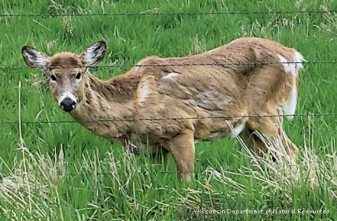
Deer suffering from Chronic Wasting Disease, courtesy of WDNR
Starting the week of March 13, County Deer Advisory Councils will begin to hold open forums to discuss harvest quotas and herd management for the 2017 season. The WDNR urges anyone who wants their voice to be heard to attend. A change is necessary in how Wisconsin approaches CWD. According to a University of Illinois study, there has been no increase in CWD cases from 2007 -2014 in Illinois. However during that same time frame, Wisconsin has seen its CDW cases double.
With over 900,000 hunters, and billions of dollars in revenue at stake, Wisconsin needs to thwart the spread of CWD sooner rather than later.
NEXT: OHIO WHITETAIL HARVESTS DOWN ALMOST 80,000 DEER FROM PEAK SEASON
https://rumble.com/embed/u7gve.v3tr93/
